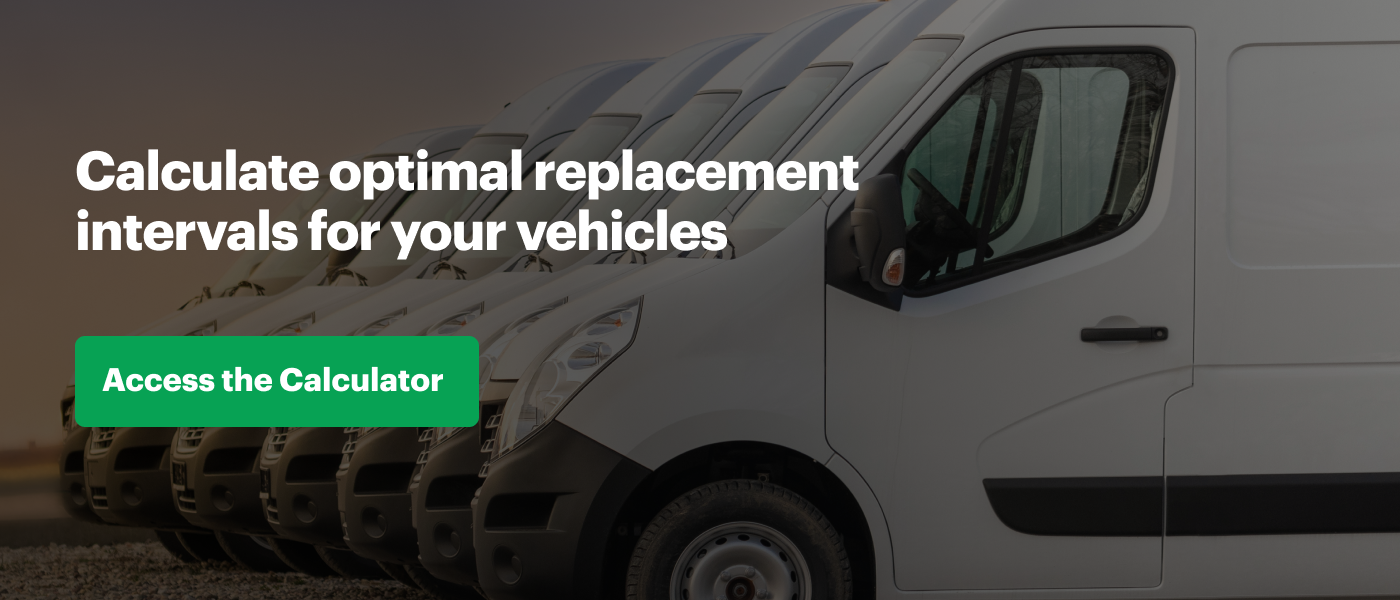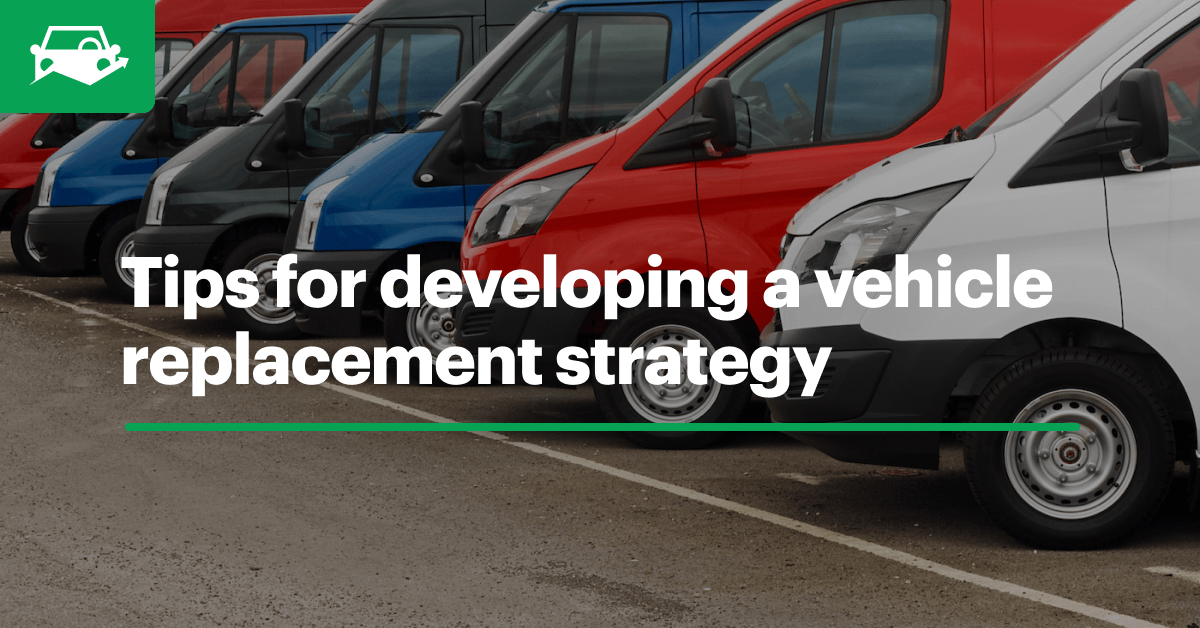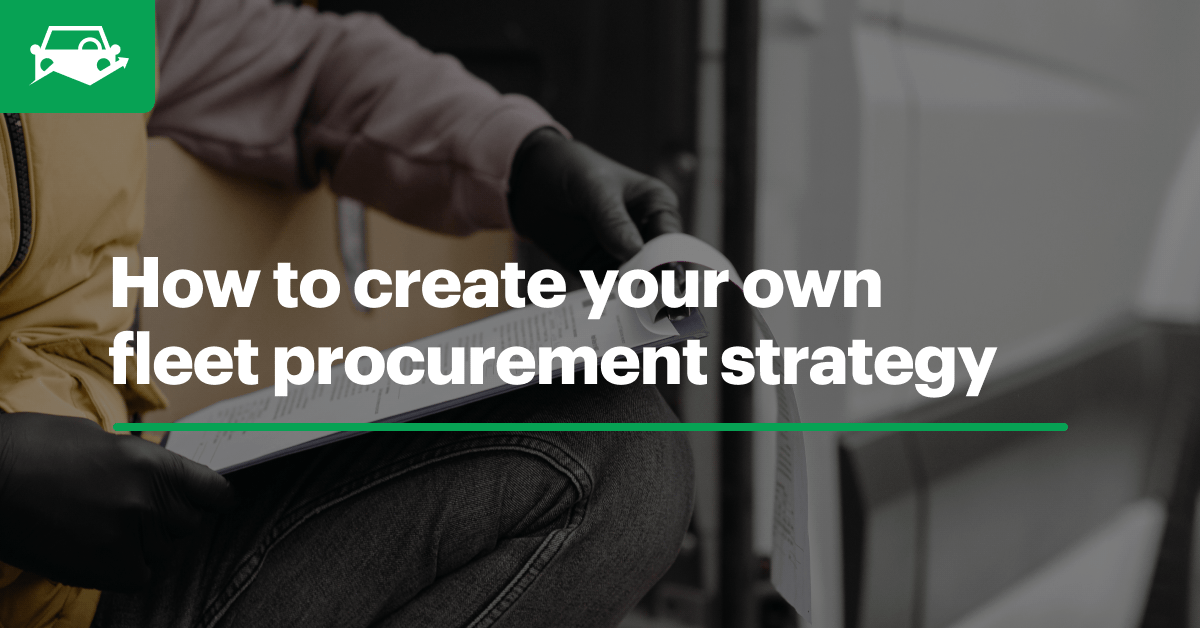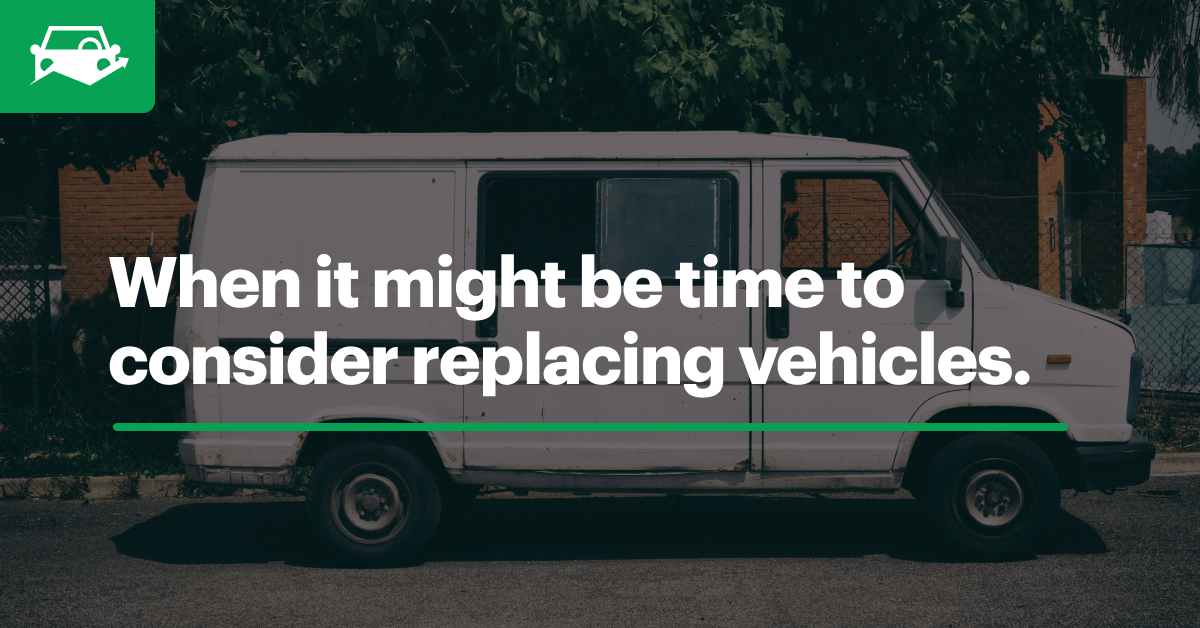Take the guesswork out of knowing when and how to replace your fleet’s assets with some simple, data-driven solutions
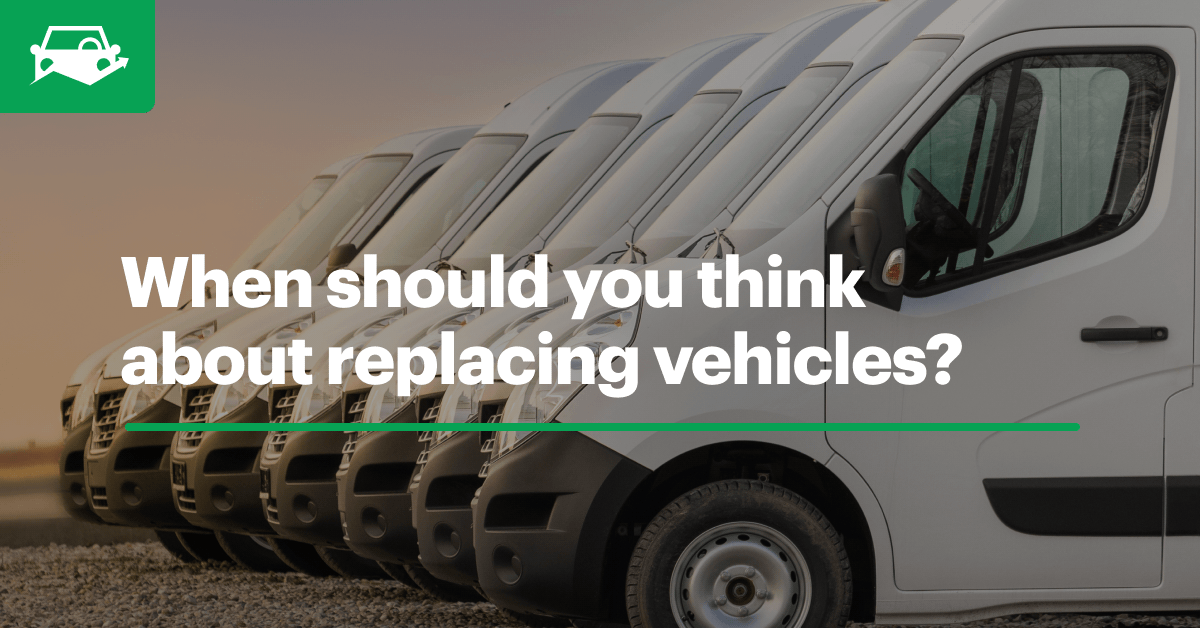
Deciding when to replace mobile assets can be a difficult question to answer for many fleet managers. For some companies, the solution is often just to drive until a vehicle is entirely out of commission before considering a replacement.
Having a comprehensive, data-driven strategy for vehicle replacement can mean better safety measures, decreased downtime and reduced repair and fuel expenses for your fleet. With even a little bit of tracking and analysis, your fleet can approach lifecycle management in a proactive way that mitigates impact across your whole operation.
Analyzing Your Assets’ Lifecycle
When fleets don’t have a thought-out strategy in place to manage their mobile assets’ lifecycle, decisions on when to replace vehicles can often rely on guesswork and assumption. There are a few details fleet managers can keep an eye on to make the process a bit more clear-cut.
For leased vehicles, it’s easiest to replace once the leasing term is up. Sedans and light-duty vehicles are typically leased for a three-year period, which makes for a relatively steady cadence for cycling vehicles in and out of service.
But for vehicles that are owned outright, the answer isn’t as definitive, especially when they present a larger investment responsibility. There are three primary ways to figure out an optimal replacement timeline that will simplify the decision-making process that goes into lifecycle management.
1. Monitor Cost per Mile (CPM)
Figuring out your total cost of ownership (TCO) of each vehicle in your fleet and then comparing it against all of their operating costs will allow you to identify CPMs on all of your assets. You can then use that information to determine the maximum CPM you’re willing to invest in your vehicles and create a comfortable cutoff.
When you use CPM as a lifecycle benchmark, you prioritize your bottom line by only keeping a vehicle for as long as it continues to be a cost-efficient asset – when the value no longer exceeds the investment, it’s time to replace. This method means keeping an eye on all of your vehicle metrics to understand when each asset is within its peak performance, and can be a data-heavy approach.
2. Establish an Age or Mileage Criteria
Using age or mileage to influence replacement decisions can be a simpler means of maintaining consistency in your fleet lifecycle strategy without as much calculation. You can set a maximum for each type of vehicle in your fleet, and as the vehicle approaches the maximum, you can prepare to sell and purchase a new vehicle.
While this method is useful for its simplicity, it also does not take the condition of the vehicle into account, which means that you could be unnecessarily sacrificing some lifespan.
3. Define a Maintenance and Repair Cost Threshold
Similar to tracking CPM, using maintenance and repair costs as a primary determining factor for replacement can be useful in situations where the cost outweighs the value of the vehicle. You’ll need to keep solid records on every maintenance and repair bill for each vehicle in order to make this method work for you, which can be made easier with a fleet management software like Fleetio.
Why Lifecycle Management is Important
Paying attention to lifecycle management and setting thresholds that define when it’s time to replace help you to keep vehicles in your fleet that are more likely to benefit your company and distribute aging cycles across your assets in a more equitable, sustainable manner.
When most of your vehicles are functioning within an optimized lifecycle, it can create a ripple effect of positive outcomes throughout your operation.
1. Fuel and Repair Savings
New vehicles generally get better gas mileage, which reduces fuel costs, and are less likely to incur the same maintenance costs of an older vehicle.
2. Maximize Resale Value
When you know the economic breakdown of each vehicle’s lifecycle, you can figure out the best time to sell, as well as plan ahead so that the resale process takes as little time as possible.
3. Happier, Safer Drivers
Keeping operators behind the wheel of a newer vehicle can make them feel more comfortable and efficient, and with less age on the vehicle throughout its lifespan in your fleet, it’s less likely to experience issues or breakdowns that compromise driver safety. Also, newer models tend to come with upgraded features with each iteration that can help reduce driver risks, like collision warnings and auto-braking.
How Can Fleet Management Software Help?
Data tracking makes a huge difference in the overall success of your fleet’s lifecycle plan. If you’re not using a tool designed specifically to track those numbers, the process can become clunky and more difficult to manage than not having a plan at all.
Keeping all of your fleet data in one place allows you to look at all of the factors influencing replacement decisions in one place, as well as visualizing all of your timelines and metrics in a digestible format.
Fleet management software like Fleetio comes prepared with vehicle replacement analysis tools that can aggregate your data and visually present it for faster, more efficient analysis without the need for complex calculations. It also allows you to plan and schedule preventive maintenance through the lifespan of your vehicle and keep digital records of each service so you can keep track of your assets’ overall health and performance.
Disposing of Old Fleet Assets
When it comes to getting rid of vehicles that have reached the end of their lifecycle in your fleet, figuring out how to approach reselling the assets you own presents a couple different routes.
Selling to an individual can mean the best resale price, but because it is a much more "hands-on" process and can take a longer time, it might not be the easiest approach for busy fleet managers who need to replace more than one vehicle. Other outlets include dealer trade-ins and auction houses, with the former being a good option for managers with well-established dealership relationships and the latter a good option for disposing of in bulk.
Considering Going Electric?
Managing asset replacements can be the perfect time to consider changing things up in your fleet, especially if you’ve thought about making the switch to electric vehicles (EVs). There are plenty of reasons to transition to EVs that go beyond reducing environmental impact, from maximizing efficiency and performance to eliminating some of your fuel and maintenance costs.
Are you ready to develop a replacement and lifecycle plan for your fleet? Start your free trial or request a demo today!


